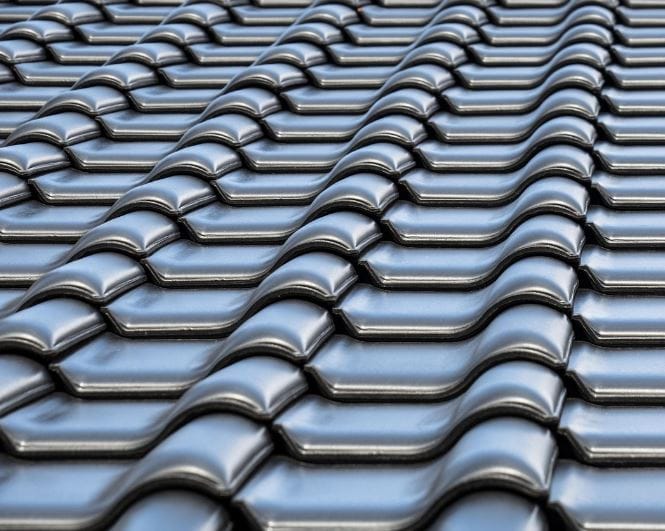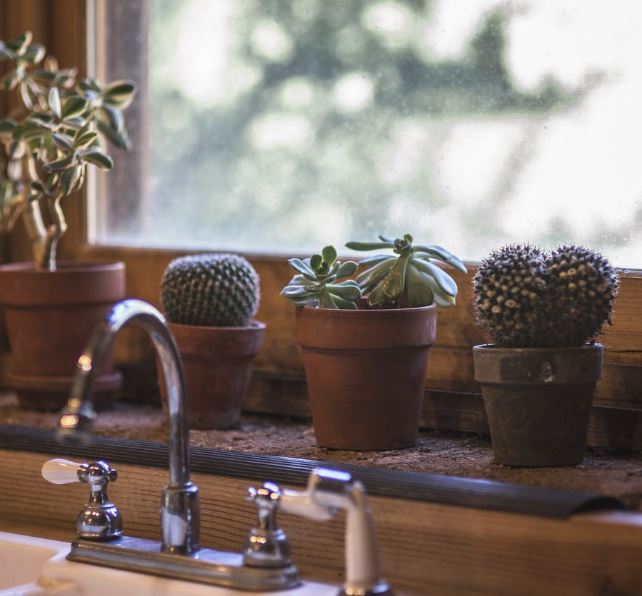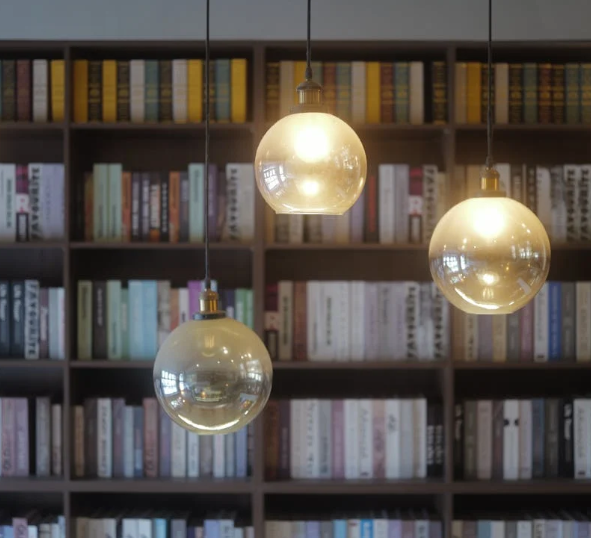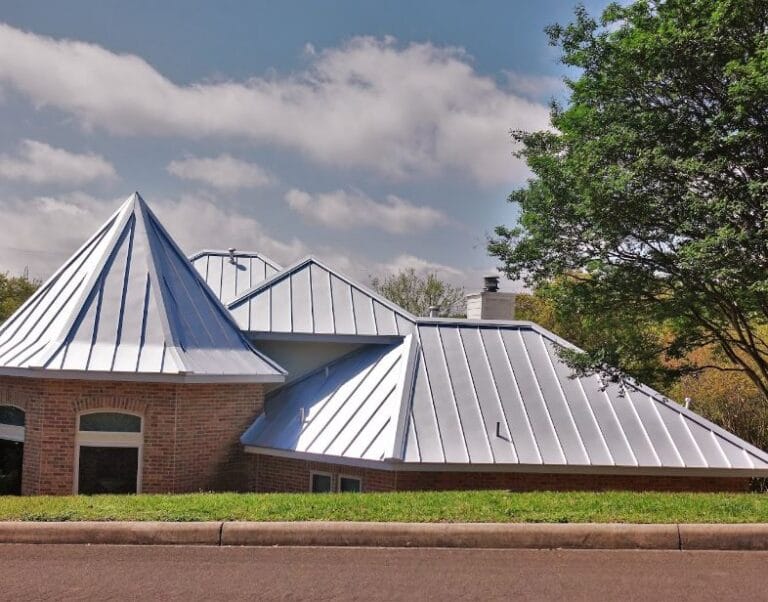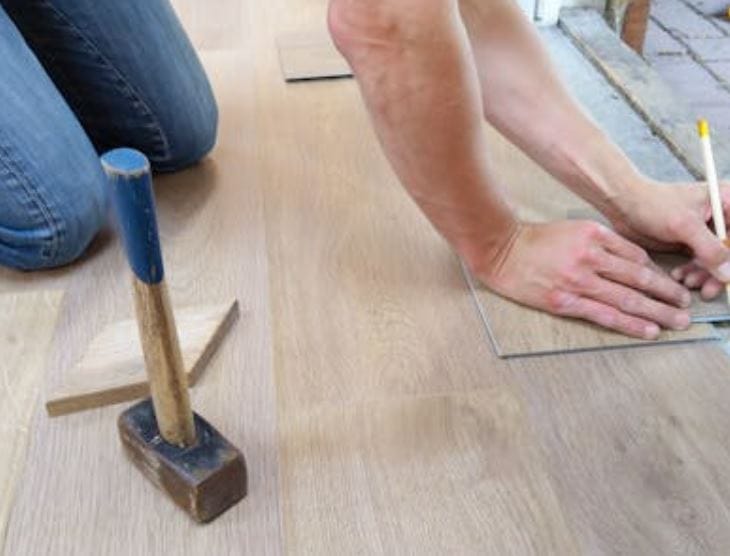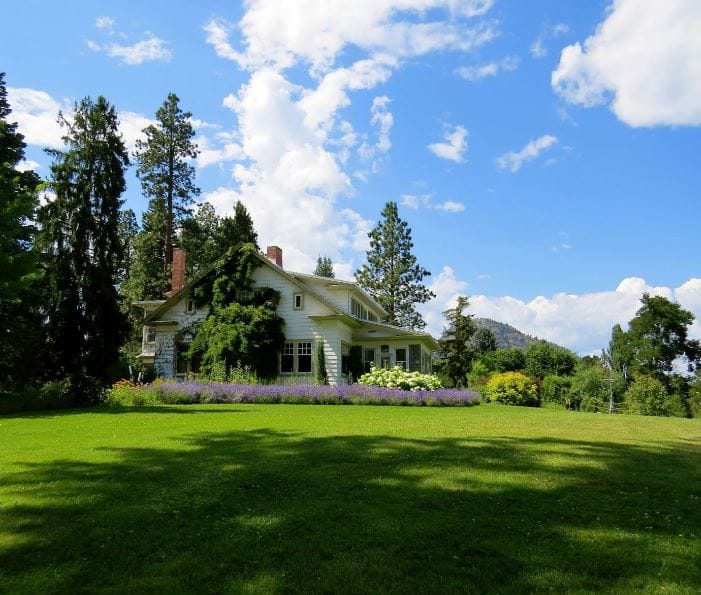The Pros and Cons of Different Roofing Materials
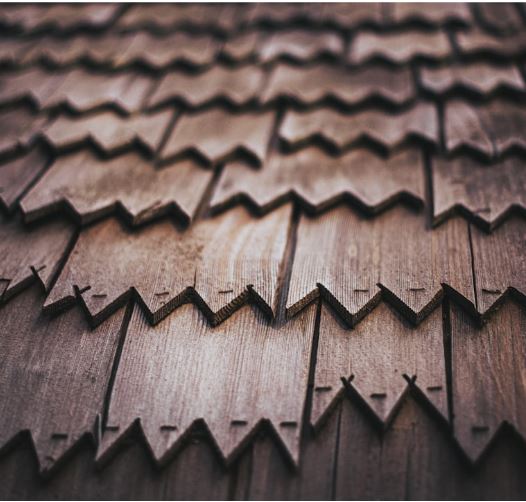
The selection of the right roofing material for your home is a significant decision that influences the aesthetic appeal, durability, and maintenance costs associated with your property. With so many roofing materials available on the market, the selection process can be quite challenging. Take a closer look at the benefits and drawbacks of each option so that homeowners can make a choice tailored to their specific needs and local climate conditions.
Asphalt Shingles
Asphalt shingles are perhaps the most popular roofing materials in North America. As you can see when you click here, they are available in various colors and styles and homeowners can easily match them with their home’s exterior design. Despite their popularity, asphalt shingles have a limited lifespan, ranging from 15 to 30 years depending on the quality and local climate conditions.
Factor in their susceptibility to damage from high winds and severe weather. Homeowners should also be aware of the environmental impact of asphalt shingles, as they are made from petroleum products and are not fully recyclable. If you’re considering an asphalt roof, ensure you find the most suitable roofing contractor for your needs. Remember to do your research before committing to a contractor.
Metal Roofing
Made from materials such as steel, aluminum, or copper, metal roofs can last 50 years or more with proper maintenance. They are also highly resistant to extreme weather conditions, including high winds, heavy rain, and even hail. Metal roofs can reflect solar heat, which reduces cooling costs in warmer climates. On the downside, metal roofing can be more expensive upfront compared to asphalt shingles.
The installation process can be complex, requiring skilled labor for a proper fit. Homeowners should also be mindful that metal roofs can develop rust if not properly coated or maintained in damp climates. Weigh the longevity and energy-saving potential against the initial costs and maintenance requirements.
Wood Shingles and Shakes
Wood shingles and shakes offer a natural aesthetic that is appealing to many homeowners looking to create a rustic or traditional look. They are primarily made from cedar, but other types of wood can also be used. An appealing aspect of wood roofing is its insulation properties; it can keep your home warm during winter and remain cool in summer.
Wood roofing can last for 30 years or more if maintained properly. But even wood roofing comes with some drawbacks. It is not fire-resistant and can attract pests such as termites or carpenter ants. Wood roofs also require regular maintenance, including cleaning and treatment to protect against rot and algae. Some areas have local building codes that restrict the use of wood roofing due to safety concerns.
Clay and Concrete Tiles
Clay and concrete tiles are the ideal choice for durability and architectural feature enhancements. These materials are extremely resistant to weathering, fire, and insects, providing a long lifespan that can exceed 50 years. They also provide excellent insulation, which regulates indoor temperatures.
Clay and concrete tiles are quite heavy, which may require additional structural support during installation. They are more expensive than other roofing materials, both for the tiles themselves and the installation process. If a tile becomes cracked or broken, it can be more challenging and costly to repair compared to other materials.
Slate Roofing
Slate roofing is the most durable of them all: they can surpass well over 100 years with proper care. It is a natural stone that provides a unique and upscale aesthetic, a favorite for high-end homes. Besides its stunning appearance, slate roofing is highly fire-resistant and offers excellent weather protection.
Installation requires skilled labor, as proper techniques must be followed to prevent damage. The weight of slate tiles also necessitates that the underlying structure is designed to support their weight, potentially incurring additional costs. If long-term durability and elegance are priorities, slate may be the right fit, though you should look into the associated costs and maintenance needs.
Green Roofing
Also known as living roofs, green roofs incorporate vegetation into the roofing system. Green roofs provide substantial environmental benefits, including improved air quality, increased insulation, and reduced stormwater runoff. They can lower urban heat and create more enjoyable living spaces.
The structural integrity of the building must be assessed so that it can handle the weight of soil and vegetation. Initial installation costs can be much higher due to the materials and expertise required. Maintaining a green roof involves ongoing care—watering, weeding, and replacing plants. The return on investment can be compelling, as energy costs drop and property values increase. Nonetheless, potential homeowners should thoroughly evaluate the long-term commitments involved before transitioning to this sustainable option.
Choosing the right roofing material can impact your home’s performance and aesthetic appeal. Each option discussed has its pros and cons, emphasizing the importance of thorough research and consideration. Evaluate what matters most to you, whether it be cost, longevity, or aesthetics, and consult with professionals so your decision aligns with your goals.


